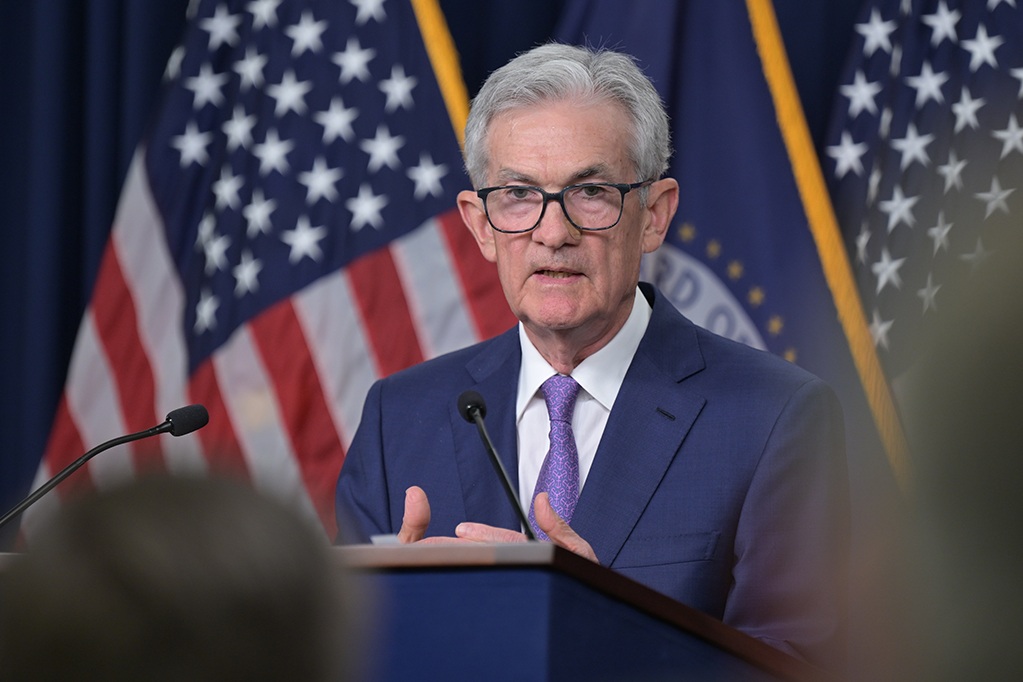The Trump card: will the 'Big Beautiful Bill' derail the energy transition?

By Rebecca Delaney
July 10 - (The Insurer) - U.S. President Donald Trump’s signing of the Big Beautiful Bill on July 4 cemented the continued dominance of oil and gas in the nation’s energy mix. Sustainable Insurer considers what this might mean for evolving risk profiles and how the industry can continue to facilitate the transition following several years of consistent geopolitical headwinds.
Among a host of other measures around tax, federal programmes and defence spending, the Big Beautiful Bill seeks to ensure reliable and affordable power in the U.S. in the current age of AI and geopolitical tensions.
It also removed many of the tax incentives for renewable energy projects under the Inflation Reduction Act, which is expected to impair investments in U.S. solar and wind sites.
Trump’s campaign mantra of “drill, baby, drill” combined with projections of peak oil in the next decade has spurred a flight to oil and gas developments.
“Big Oil and governments around the world are aligned to get after fossil fuels and to pick the best ones. From an insurance point of view, they're going to be out in 3,000-metre water depth, with difficult seas and currents,” said Ian Conway, executive director, upstream research at S&P Global.
“They're going to develop them as quickly as they can, because we're all aware that peak oil is being suggested in the next decade. To do things quickly, they're going to forego appraisal drilling and speed up project design. That means taking risks through the appraisal, project design, project execution, and operational phases.”
As well as project operators taking on more risks, developments in more remote areas may also see additional costs related to downtime and more difficult operational decisions.
No imminent slowdown in oil and gas also raises questions for emerging markets that are currently weighing up whether to lean straight into renewables for the long-term decarbonisation benefits, or to immediately prioritise energy security and affordability by developing domestic fossil fuel capabilities.
“Trump is in favour of fossil fuels. I think that has an impact internationally, particularly emerging market countries that are seeking a just energy transition,” said Conway.
“They're thinking that they want to develop their own resources to bring their own people out of energy poverty. I think Trump is effectively giving them a green light to develop their own fossil fuel resources.”
This was affirmed by Rory Thompson, UK head of offshore renewables and upstream energy at Allianz, who underlined the nuances associated with a just transition.
“We do need to recognise there is a difference between the developed world and the developing world,” he said.
“The Western world has the privilege to potentially make choices around what energy we use, and I think it's important we bear in mind that not everyone has that choice. Everyone's got their own energy evolution/revolution, and we should collectively support that.”
Thompson continued that while the bill may prompt European developers to redeploy capital earmarked for the U.S. closer to home and in Asia, the current U.S. presidential administration marks a “minor blip” in the otherwise positive trajectory of renewables development.
“A lot of the capital invested in the U.S. renewable sector, particularly on the offshore side, has actually come from European developers. In terms of how that will now react with Trump, I can see that capital being redeployed to Europe and the Far East,” he said.
“In terms of renewables development, Trump might be a minor blip in the road but I don't think it's stopping the transition. It's started; people are committed to it.”
Anthony Hobley, deputy chair of Howden’s climate, risk and resilience team, argued that the transition has not been severely derailed by Trump (nor by energy market disruption as a result of Russia’s invasion of Ukraine in 2022) owing to the material scale of renewable technologies.
“The transition has had its ups and downs. It's had its false dawns over the last 30 years. None of them have stopped the direction of travel,” said Hobley.
“What had been an issue with those previous shocks, it was still a very fledgling sector and clearly still very subsidy-dependent. What has been different this time is that it's now at a material scale.”
The insurance industry’s ability to support this momentum partially depends on developing forward-looking analytics to anticipate and model climate- and transition-related risks.
“The industry needs to be playing a much more proactive role in de-risking the transition, changing the way we do our analytics to actually look out the front of the car, turn our headlights on and look at where we're going, rather than in the rearview mirror thinking about data from a backward-looking basis,” Hobley continued.
“I'm not suggesting that's easy. But in a world that's changing, in a world that is in transition physically and economically at the speed at which it is now, a model of annual renewal which makes absolute sense in a world of equilibrium, doesn't make sense when the world is changing.”
As part of this mindset shift, Hobley also suggested that the (re)insurance industry look to price risk in the long term, similarly to other commodity prices.
“The insurance industry is much better than our peers in the rest of the finance sector at taking data, turning that data and putting a price on risk. But we're not doing that as a standard approach in relation to the cost of risk,” he said.
“For every other commodity which is business-critical, there is a forward price curve, you put a price on that, you analyse, and then you make investment decisions around that. We need to be thinking much more ahead about the unusual events that might happen, and what that means before they happen.”
.jpg)




